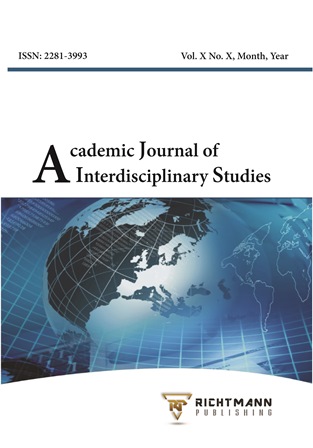Empowering and Emancipatory Local Budgeting: From Narcissism to Altruism
DOI:
https://doi.org/10.36941/ajis-2022-0165Keywords:
Regional Budgeting, Empowering and Emancipatory, Narcissism, AltruismAbstract
The purpose of this study is to create a regional budgeting political model based on the public aspiration fund policy. As a populist initiative to collect particular interests among regional budgeting stakeholders, the public aspiration fund is a reality. This research employs the interpretive-critical approach to show the discursive reality that develops from the language of public ambitions. The study's findings indicate that, on the one hand, the public ambition fund is justified as a sort of "response" to community needs and interests, but on the other hand, the public ambition fund is a form of narcissism in regional budget politics. According to the findings of the study, fighting for community goals must be motivated by an altruistic desire to help the community as part of prosocial action that benefits the greater community. Participating in the screening process of community aspirations requires budget participants to have "feeling in" empathy, which is acquired by entering into the emotional state of the community through a heightened understanding of the community's predicament. The hope is that municipal finances will be reoriented in more emancipatory and empowering directions through funding a range of programs with the primary purpose of “people's welfare”.
Received: 7 September 2022 / Accepted: 15 October 2022 / Published: 5 November 2022
Downloads
Downloads
Published
Issue
Section
License

This work is licensed under a Creative Commons Attribution-NonCommercial 4.0 International License.
This work is licensed under a Creative Commons Attribution-NonCommercial 4.0 International License.








